CONSOLE 1 FADER: A MECHANICAL ENGINEER'S POINT OF VIEW

CONSOLE 1 FADER: A MECHANICAL ENGINEER'S POINT OF VIEW

The fader caps and their little logos. I think that’s my favorite part of the Console 1 Fader MK III. This is the first time we’ve designed and manufactured them ourselves. It’s a decision that gave us control of not only the looks but also the material properties. We also decided to improve the touch sensitivity of the faders and add haptic feedback. With haptic feedback, we’ve increased the analog feeling while also improving the accessibility mode.
“The fader caps and their little logos. I think that’s my favorite part of Console 1 Fader Mk III.”
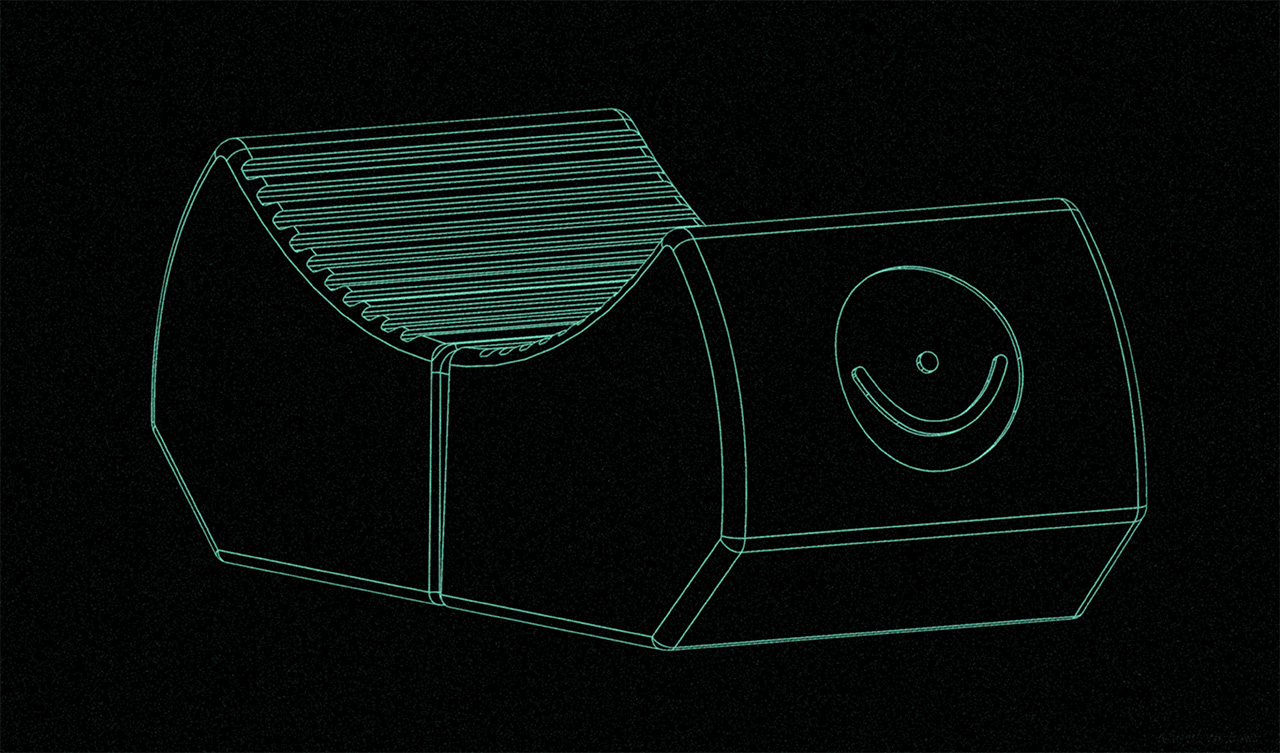
The fader caps were the first part of the Fader MK III project that I worked with, and I got a real “aha moment” realizing how much the context shifts when working with 3D modeling in CAD. The caps are smaller than a knob on a guitar, but when you sit at the computer and work on the details, they dominate the screen, so it wasn’t until I got the first prototype in my hand that I realized how small they were in real life and what a neat detail their logos are. I think they are one of the details that give you a hint of how much thought, creativity, and passion lies behind this product. From the initial design idea — via material selections, hues, fonts, prototypes, and testing — to the final products being ready to mix and master tomorrow’s bangers.
“I think they are one of the details that give you a hint of how much thought, creativity, and passion lies behind this product. From the initial design idea ... to the final products being ready to mix and master tomorrow’s bangers.”
My name is Ulrika, and I’m a mechanical engineer at Softube. I did my thesis here at Softube last autumn and went from being a student to being a part of the Hardware Team around the time of the release of Console 1 Channel Mk III. It was quite late in the Fader project then, so a great deal of the mechanical engineering work had already been done. There were CAD files for me to open, drawings to look at, and prototypes for me and my calipers to inspect. My role has since been to make sure that manufacturing boundary conditions are met, and that the final product meets the mechanical expectations of the product owner.
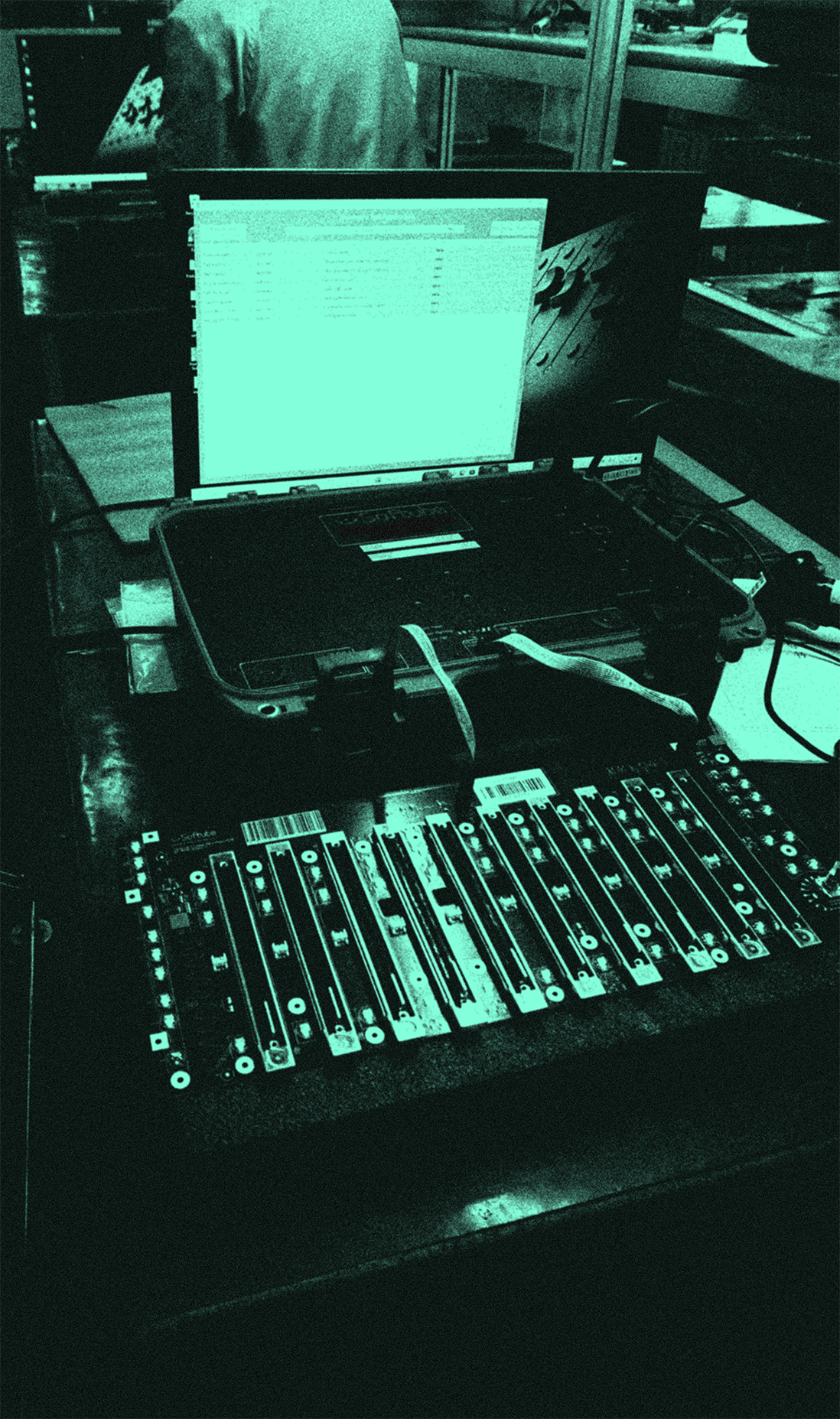
I had the opportunity to visit our factory with some colleagues and got to see first-hand the actual Console 1 Faders being built. From the screens being carefully set in place to the screws being tightened, the boxes being folded, and the quality assurance team going through every unit to see that requirements were met. It felt momentous to see the team on the production line assembling all the parts into Faders, and it was an equally exciting and scary experience from a mechanical engineering point of view. Would the tolerances be enough? Did we go with the optimal materials? Would the assembly instructions be enough? Would I need to update any manufacturing documentation? And did we need one more round of prototypes before the final production could start?
A lot of things have happened since the first Console 1 hardware was released in 2014. The screws on the front plate are still black M3 hex socket caps (only with a different length and thread), but in terms of the front plate, we went from lacquered steel and thermoplastic to anodized aluminum with silk print. Aluminum has a lower melting point than steel, which means that we need to use less energy during manufacturing. Aluminum also has a lower density than steel which makes the product more lightweight and lowers the emission during transport. Since both materials are metals, they can both be recycled, but recycled aluminum saves up to 90% of the energy that virgin aluminum needs, compared to recycled steel which saves 25-30% of the energy that virgin steel requires.
“The material choice of going from steel to aluminum decreases the environmental impact in several ways.”
For the backplate, we went from lacquered steel to thermoplastic, which has an even lower melting point and density than aluminum and allowed us to use even less energy during production and transport. We’ve also added VESA mounts to make the possibilities of placing, moving, and mounting more versatile both for ourselves during development and for our customers while mixing and mastering.
Since Channel Mk III and Fader Mk III share design language, they are also very much alike in mechanical aspects. There are obviously no fader caps on Channel and there are five times as many screens on Fader as on Channel, but they have the same bottom chassis, buttons, pots, screws, and potentiometers. And, if you look under the hood, you’ll see that they’re built with the same concept and components. I wasn’t a part of the Channel project, but I know that my colleagues in the Hardware Team carried over a lot of expertise and knowledge from the development of Channel, and earlier Console 1 hardware, into the Fader Mk III project that made our workflow smooth, streamlined, and fun.
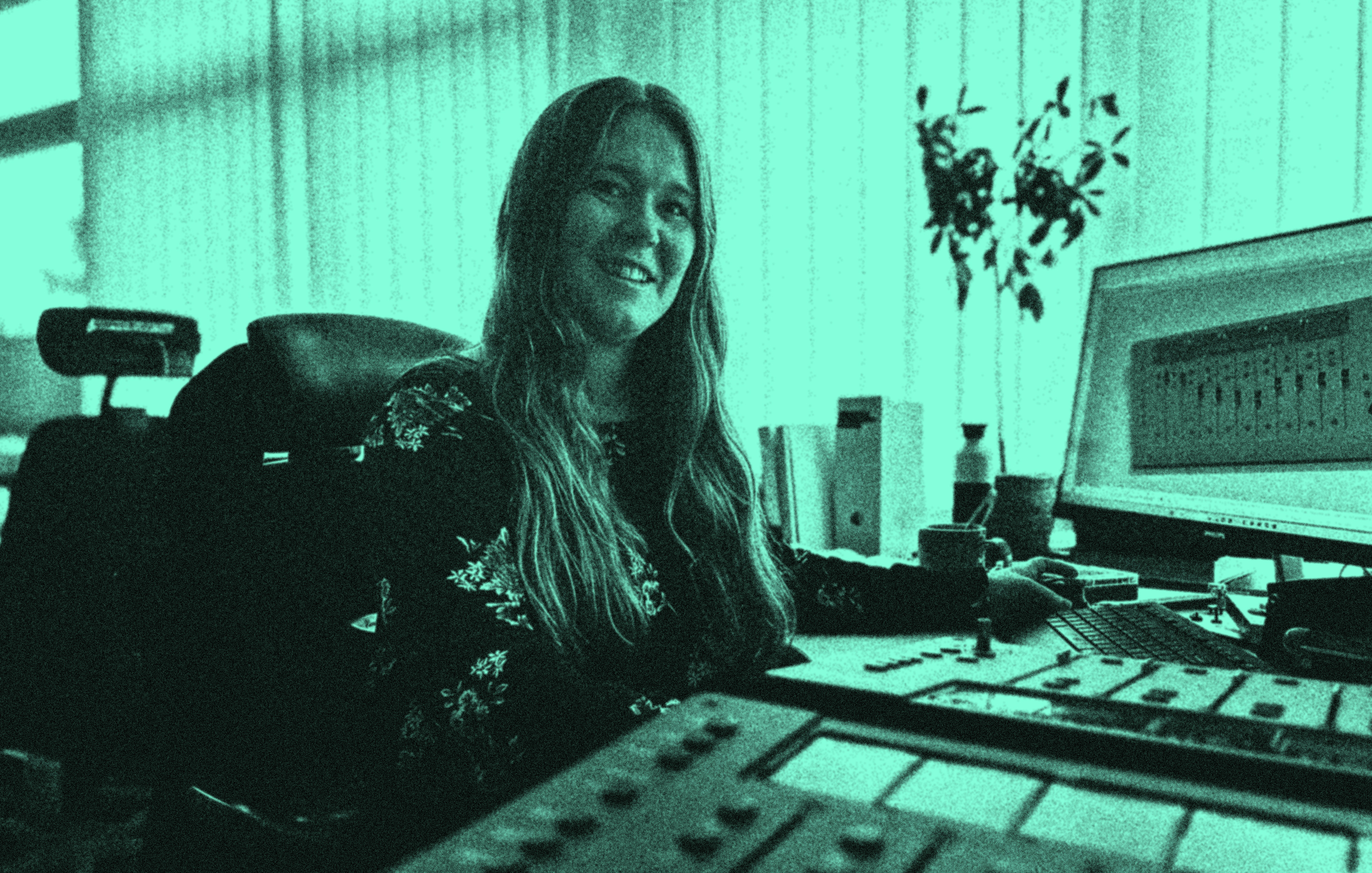
Being a part of this journey has been both challenging and rewarding. I hope that when you use the Console 1 Fader Mk III, you’ll appreciate the engineering and design choices that went into this creation just as much as I’ve enjoyed being a part of this innovative process.
“I hope that when you use the Console 1 Fader Mk III, you’ll appreciate the engineering and design choices that went into this creation just as much as I’ve enjoyed being a part of this innovative process.”


5 THINGS TO WATCH OUT FOR WHEN CHOOSING A TAPE PLUGIN
When a mix sounds sterile and disjointed, more like a bunch of instruments playing at once than a unified song, a tape emulation plug-in can be just the thing to add polish, cohesion, and creative energy.
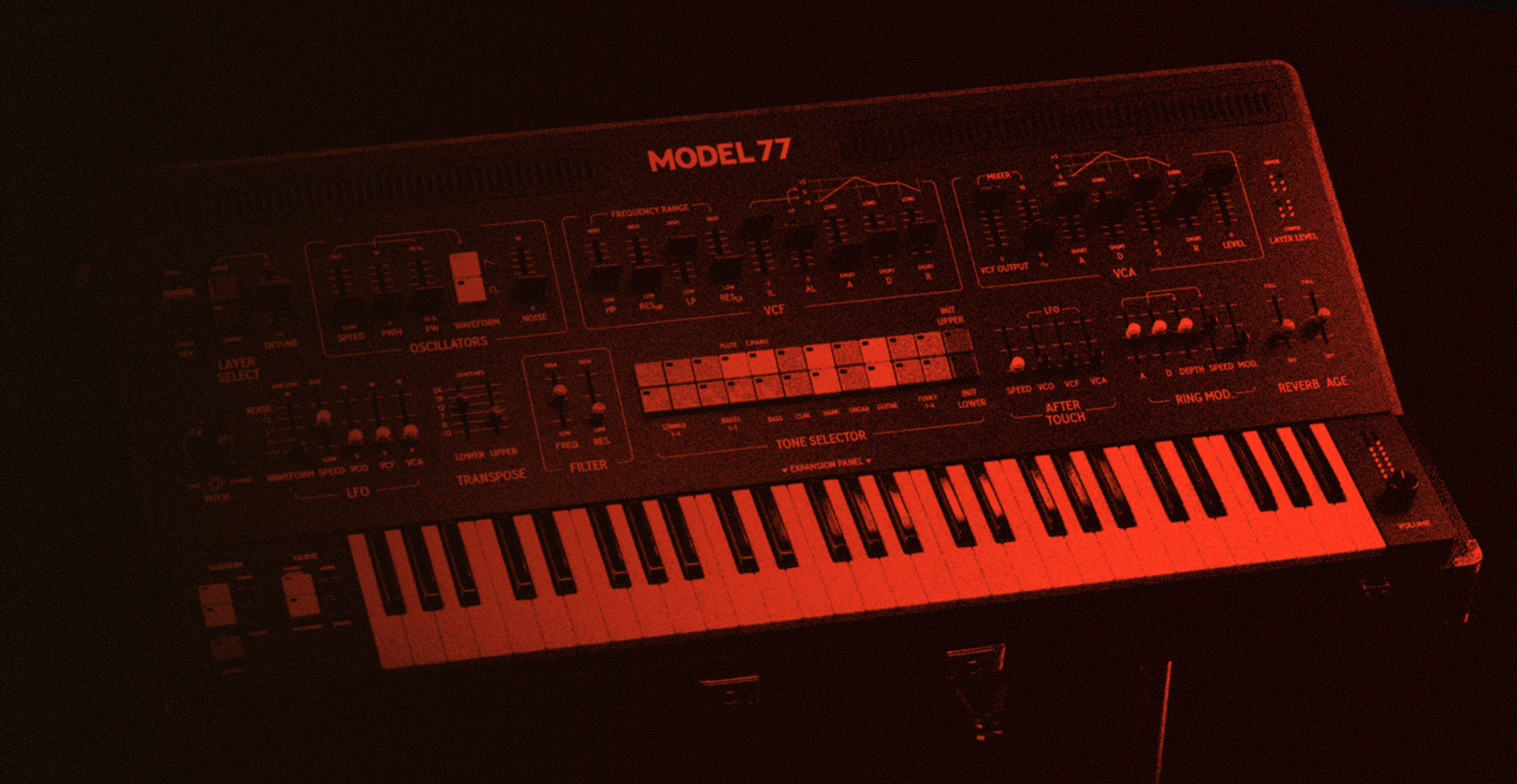
UPDATED
MODEL SERIES AT A GLANCE
Emulated. Elevated. And full of heart, soul, and Rock & Roll science. From the legendary Model 77 Dual Layer Synth to the Synthwave master Model 84 Polyphonic Synthesizer. Take a peek at what our popular model series synths are made of.
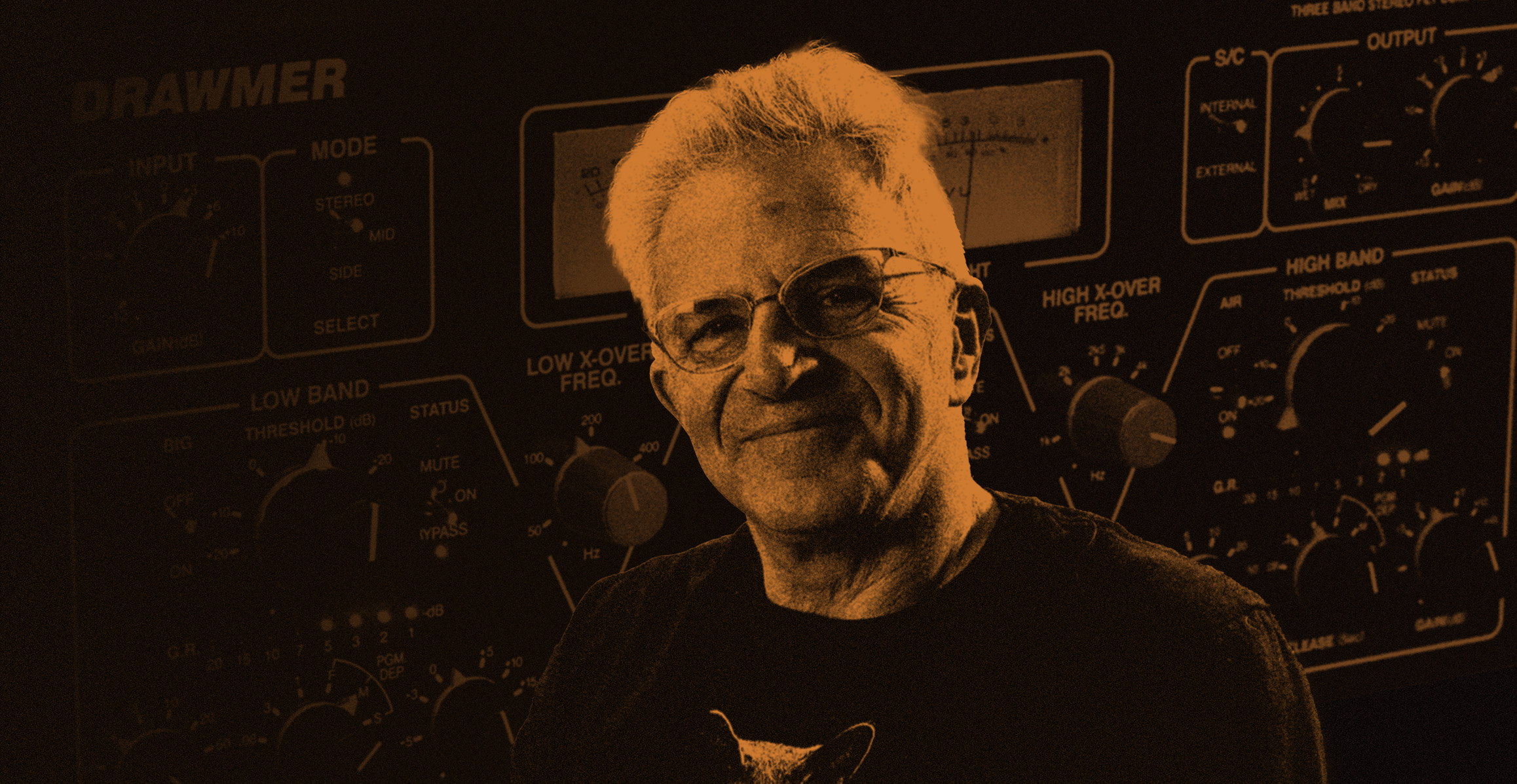
SMC 2B OR NOT 2B: THAT'S THE MULTIBAND QUESTION
Multiband compression questions? Mastering engineer and professor Jonathan Wyner has answers about multiband compressors and multiband tools. Get his thoughts and tips for how to use multiband compression in your music production in this article.
Give your mouse a rest and mix with the intuitive efficiency of Console 1 Mixing System. Includes Console 1 Channel Mk III and Console 1 Fader Mk III. Bundle offer not applicable for Education Store.